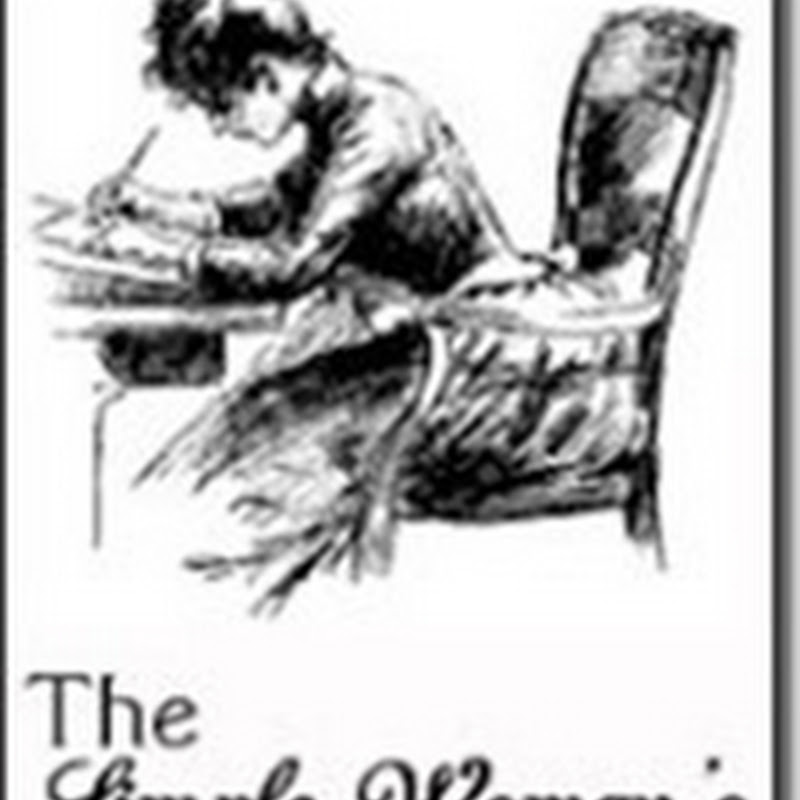Easter blessings from Ohio . . . Kim<><
Friday, March 29, 2013
Thursday, March 28, 2013
Herbs & Oils of Jesus' Tomb
"Now there was a man named Joseph, a member of the Council, a good and upright man . . . he was waiting for the kingdom of God. Going to Pilate, he asked for Jesus' body. Then he took it down, wrapped it in linen cloth and placed it in a tomb cut in rock, one in which no one had yet been laid. It was Preparation Day, and the Sabbath was about to begin.
"The women who had come with Jesus . . . saw the tomb and how His body was laid int it. Then they went home and prepared spices and perfumes . . . " ~selected verses from Luke 23:50-56
". . . Joseph was a disciple of Jesus, but secretly . . . he was accompanied by Nicodemus . . . Nicodemus brought a mixture of myrrh and aloes, about 75 pounds . . . This was in accordance with Jewish burial customs." ~selected verses from John 19:38-40
Every culture has it's own customs. Some of the most important to any culture are how they treat their dead. Without being morbid, I thought it may be interesting to know why certain herbs ~ the same that we still use in our homes, today, for cooking and healing ~ were used in the preparation of Jesus' body after His crucifiction.
Before I get to the spices, one interesting thing is that the Jews didn't mummify like their contemporaries in Egypt. In His incredible wisdom, God set in the Jewish Law that bodies were not to be "abused." So, the only "treatment" applied to the Jewish dead were ~ according to status & finances ~ blends of costly oils & spices. It is estimated that the 75 pounds of herbs & spices that Nicodemus brought for Jesus' burial would cost between $150,000 and $200,000 today. Interesting, isn't it? How good our Lord is.
Oils were used not only to heal wounds but to anoint. Anointing oil was (is) sacred oil. It's base is usually a fine olive oil. Not only was this sacred oil mixture used to preserve their dead, but the same expensive, precious, sacred oil blend was used in the Temple and to anoint kings. Jesus being THE King of all Kings.
The olive oil used was from the best press ~ what we, today, would call "first pressed" or "extra virgin." The best oil of the olives.
Another item ~ to be blended with the olive oil or made into it's own blend ~ are the aloes. Many of us know the healing power of aloe gel, that's why so many of us have an aloe plant in our kitchen. Some aloes have the ability to cut odor, this is the type the was used in burial.
The resin of Balsam was used for both healing and cosmetics. It's sweet-pungent fragrance was much-needed for treating the dead.
Cummin can preserve and is soft enough to crush and blend for the spice mixes used.
Cassia ~ the roots and flowers of the plant were used for fine oils, including the sacred anointing oil. Cassia is available in essential oil, today, and is good for healing the skin.
Cinnamon, it seems, has always been a highly prised spice. It is not only used in many oils and herb blends, but it, too, was a very important ingredient in the sacred anointing oil.
Coriander oil was widely used in perfumes. An important item for treating their dead.
Frankincense was one of the most important and frequently used oils of the time. It is very fragrant and was a main ingredient in the sacred anointing oil, used to anoint priests and kings, and used for Temple sacrifices. You may remember that frankincense was brought to the young Jesus by the Magi (Wise Men) when they found him & his parents. They brought it to be used to anoint the King of Kings.
Galbanum, or fennel, is used as a resin or oil & is often burned. It was an ingredient in the sacred oil.
Dill was often used to heal wounds. We may think it odd, or useless, to apply so many spices & oils that heal, but the Jews tried to take good care of their dead, as much as they could afford. Think of it as the last good deed you could do for someone.
Mint was used for it's fragrance and to keep varmints away from the body.
Myrrh was another important item for the sacred anointing oil. It is very fragrant, is known for it's healing capabilities and, to some degree, numbs ~ that's why Jesus turned down the drink mixed with myrrh that was offered to Him on the cross. He didn't want his senses dulled by the myrrh. Praise Him.
Rue was another medicinal spice. It would also keep insects away.
Nard, or spikenard, is a very expensive, fragrant oil. It was often used in perfumes and to cut down the odor of a dead body.
Stacte is a small Middle-Eastern tree or shrub, it's resin was used in the Temple incense and, it is believed, also used to preserve the dead.
I think it is just as amazing the know that we can still use many of the same herbs, spices and oils that were used in the days that Jesus walked the earth, as it is amazing that the sun, the moon and the stars in the sky are the same sun, moon and stars that looked down upon our Savior. Using things that were used in those days, savoring thoughts of His creation and how He provides for us, draws me closer the my Savior.
I hope I've given you some food for thought to savour during this Easter season. And remember ~
"He is not here; He has risen!"
~Luke 24:6
Blessings from Ohio . . . Kim<><
Subscribe to:
Posts (Atom)
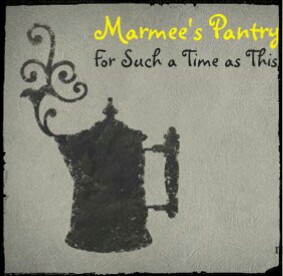
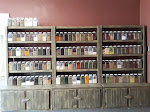














 Edinburgh
Edinburgh



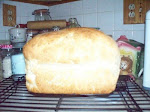












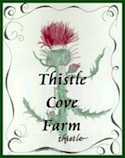





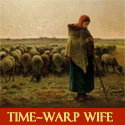


.jpeg)
















